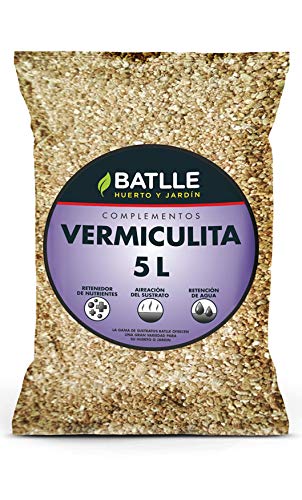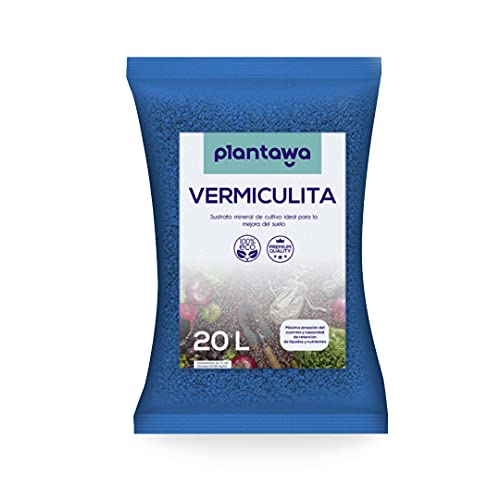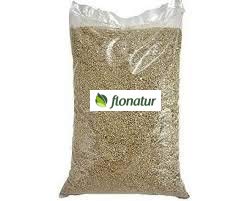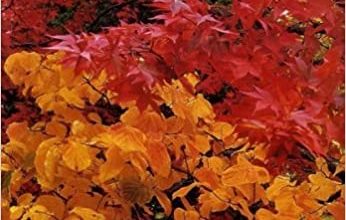Vermiculite: What is it? How can we use it in our Garden or Orchard?
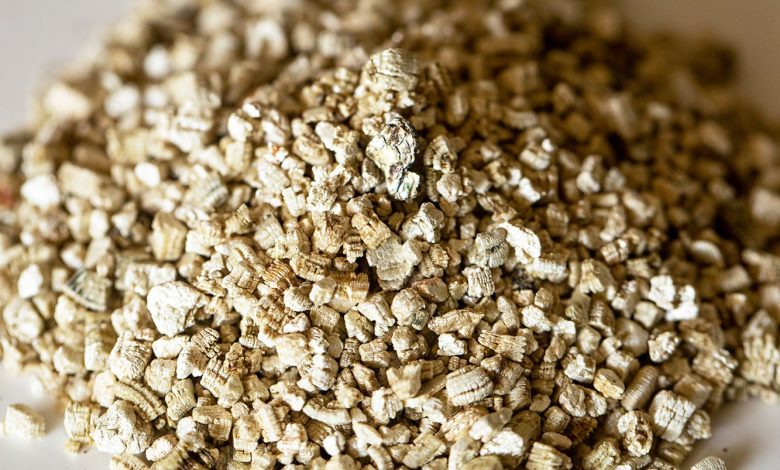
In this article we explain what vermiculite is, as well as what applications it has for our garden or orchard. The advantages offered by this material and why it can be a good resource to improve our plants or crops.
Can you come with us?
Vermiculite is a hydrous phyllosilicate mineral that undergoes significant expansion when heated. Cleavage occurs when the ore gets hot enough, and commercial kilns can routinely produce this effect.
Vermiculite is formed by weathering or hydrothermal alteration of biotite or phlogopite. Large commercial vermiculite mines currently exist in the United States, Russia, South Africa, China, and Brazil.
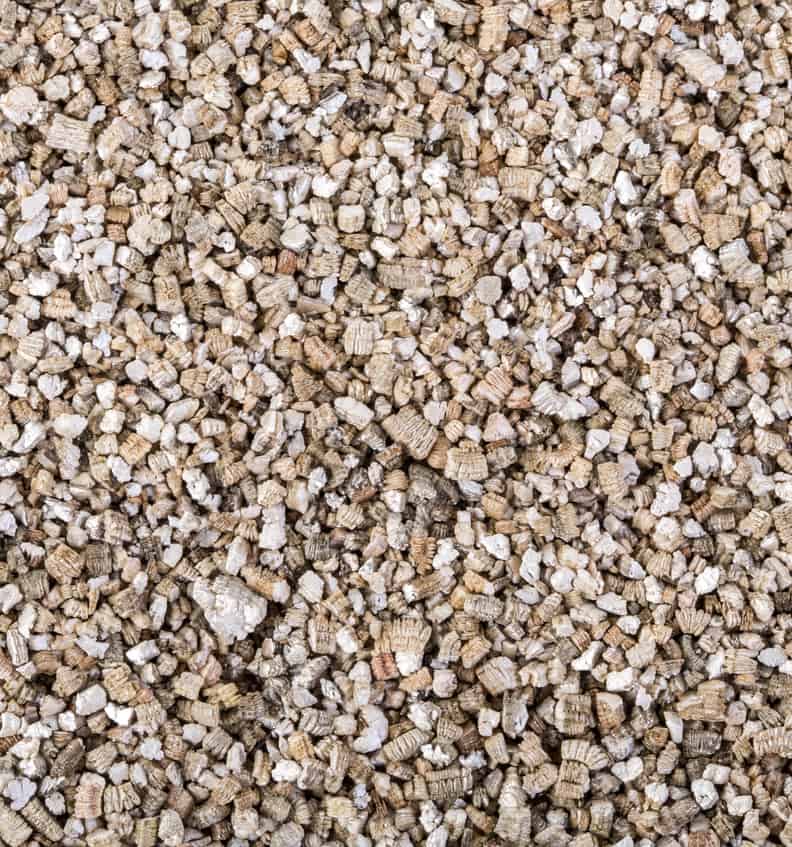
What is vermiculite?
Vermiculite interacts with the potassium, calcium, and magnesium in your soil. It also helps to slightly raise the pH of your plants, even if it is a neutral pH of 7.0.
What is vermiculite made of?
Vermiculite is made from compressed dry flakes of a silicate material that is absorbent and spongy.
The color of vermiculite is golden brown to dark brown and is sometimes difficult to distinguish from the potting soil with which it is mixed.
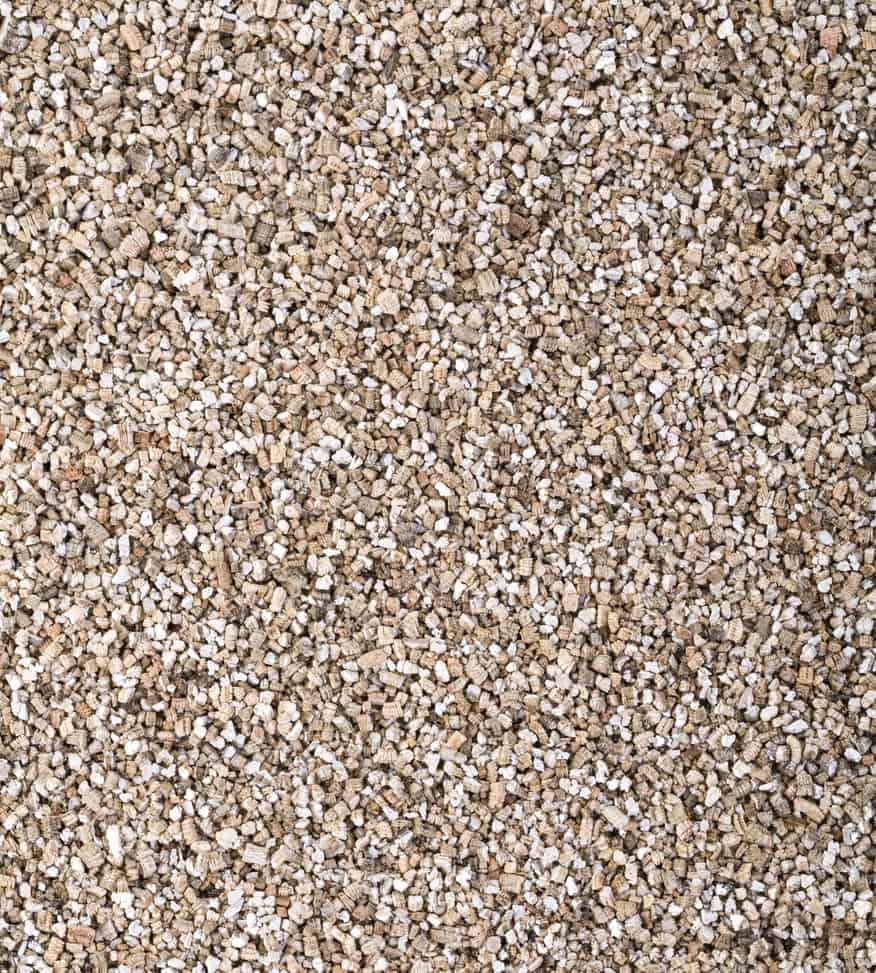
What happens when water is added to vermiculite?
When water is added to vermiculite, the flakes expand into a worm-like shape and act like an absorbent sponge.
If you want to prick these » vermiculite worms » with your fingers, you’re not the only one: I wanted to do this too when I first saw them!
When is it interesting to use vermiculite in the garden or orchard?
Vermiculite is best used for plants that need the soil to stay moist and not dry out. For plants that like water, using vermiculite or mixing a good amount of it into the potting soil is best.
It can absorb 3-4 times its volume when water is added, making your pots a bit heavier.

How is vermiculite created?
Vermiculite in its natural form closely resembles mica, with a layered rock appearance.
It is mined in various regions of the world, such as Russia, Australia, Brazil, Uganda, and the United States. The technique used to extract vermiculite from the ground is open pit mining.
This is because the minerals are relatively close to the earth’s surface and therefore tunneling is not necessary.
Open pit mines look like giant craters in the ground, where miners work to separate the ore from vermiculite and other minerals, then sort them into different categories based on their size.
After its extraction from the ground, the vermiculite is heated in industrial ovens, where it will change its structure. This process is called «exfoliation.»
Exfoliated vermiculite transforms into tiny worm-like filaments, hence the name vermiculite, from the Latin word ‘vernacular’, which roughly translates to ‘breeding worms’.
Once the peel is complete, the final product will vary in appearance, depending on its size. There are four sizes of vermiculite available, with the largest having an obvious concertina shape.
The smallest sizes look like grains of sand to the human eye.
How can vermiculite help us in our orchard or garden?
Improve the quality of the soil where you plant
Vermiculite can be added to poor quality soil to improve it. If your garden soil is heavy, loamy, poorly drained, or sandy, most plants will have a hard time surviving, let alone thriving, in this environment.
It is often heard that you must improve the soil before planting something, but… How does this really work?
The answer is vermiculite. Use about half the volume of the soil in vermiculite, and work with it deeply.
Vermiculite will dramatically improve soil aeration, allowing plants to grow much better. It will also retain moisture and nutrients needed to help feed the plant.
Rooting of cuttings
Vermiculite is commonly used by garden professionals to root cuttings. It can be used in a variety of ways, either alone, mixed with soil, or combined with bark for a soilless potting mix.
Whether used alone or in a mix, propagating a cutting with vermiculite will encourage new roots to anchor and speed up growth.
If you want to encourage faster rooting cuttings and a higher rate of success in propagation, vermiculite is the material of choice.
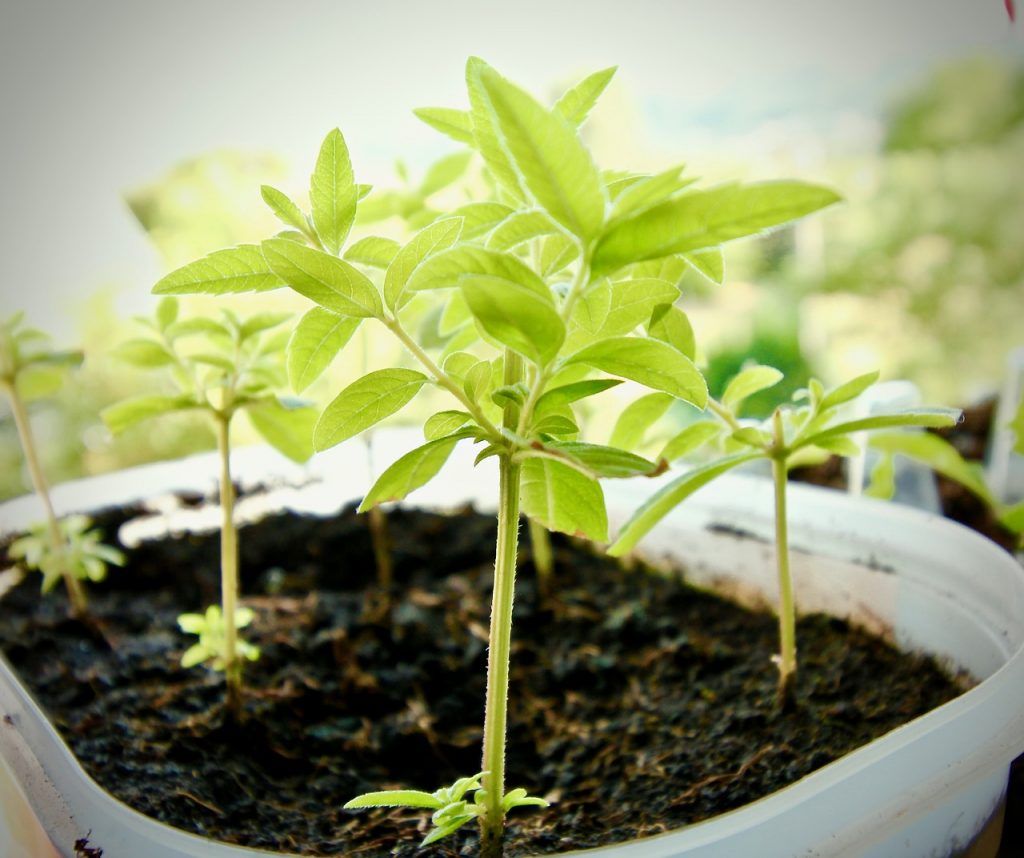
Helps germinate seeds
Vermiculite can be used alone or in a potting mix to improve seed germination.
If vermiculite is used for this purpose, the seedlings will develop more quickly. If used alone, add only a small amount of water to avoid saturating the seeds.
The vermiculite will release moisture to the seedlings as they need it.
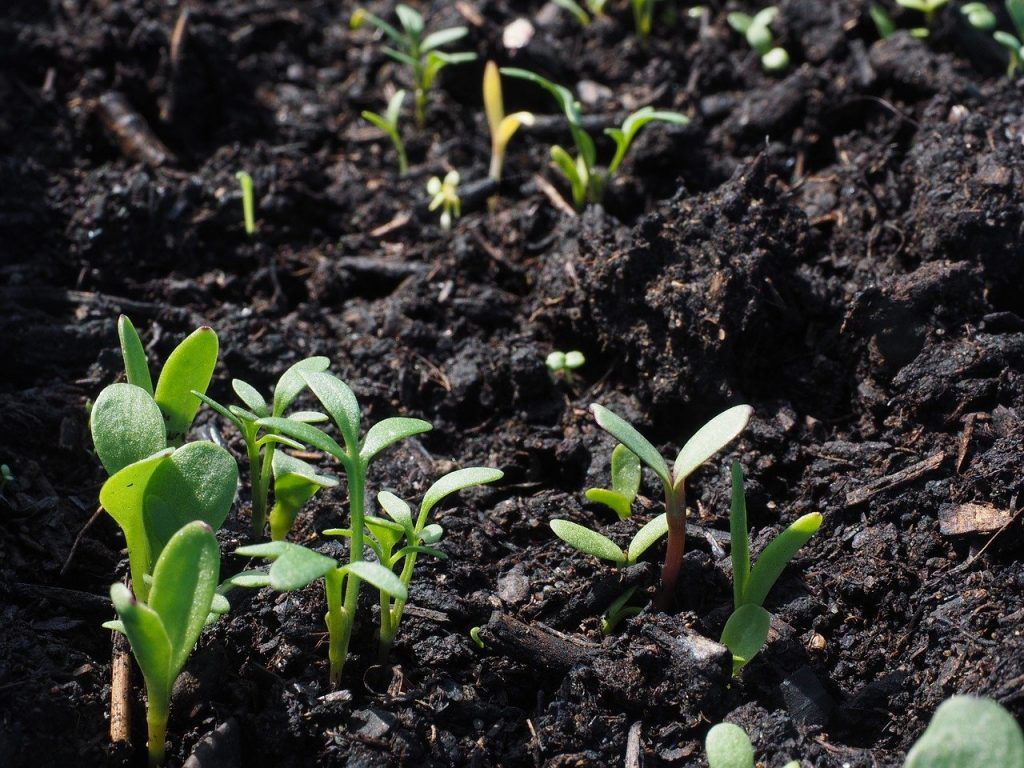
A few drops of weak fertilizer should also be added once the leaves appear on the seedlings, to replace the nutrients that the soil would normally provide.
When the seedlings are ready to be planted outside, they can be easily removed from the vermiculite without damaging the roots and placed in pots.
container gardening
Vermiculite is a great addition to potting soil, whether in outdoor pots or for indoor plants.
Mixing a bit of vermiculite into the potting soil will improve aeration and moisture retention, leading to a healthier root system that can spread and absorb nutrients better, creating a bushier plant.
You’ll also need to water the plant less often, as vermiculite holds water and releases it when needed.
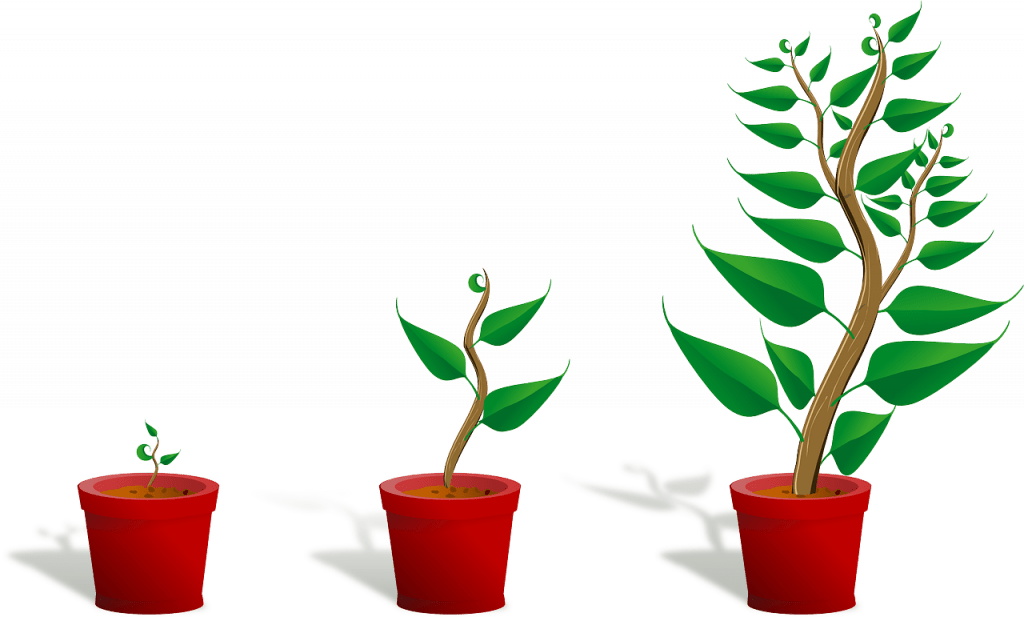
Seeding of the lawn
After sowing the seeds to your lawn, spread about an inch of vermiculite over the top and water with a gentle sprayer. You should use approximately 84 liters of vermiculite for every square meter of lawn.
This addition will increase the rate of seed germination and increase the number of seeds that germinate, for a fuller looking lawn. The vermiculite will help keep the lawn constantly moist and will also protect the seeds from the heat.
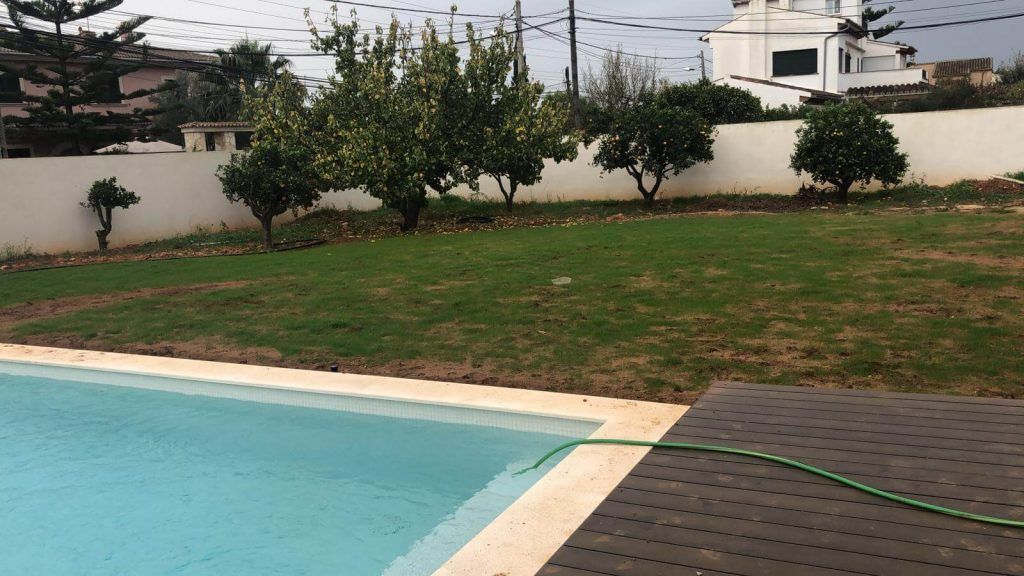
bouquets
If you like to create your own bouquets, vermiculite is a good trick to use instead of a vase filled with water. You just have to fill the container with vermiculite and moisten it with water, and then add the bouquets of flowers previously cut.
This eliminates the need to change stale water, will prevent potential spills, and will keep your flowers fresh for longer.

Bulb and root storage
For plants that need to overwinter indoors, vermiculite offers an easy storage solution that will keep bulbs or root systems in their best condition.
First, let the bulbs or roots dry for several hours after you pull them out of the ground.
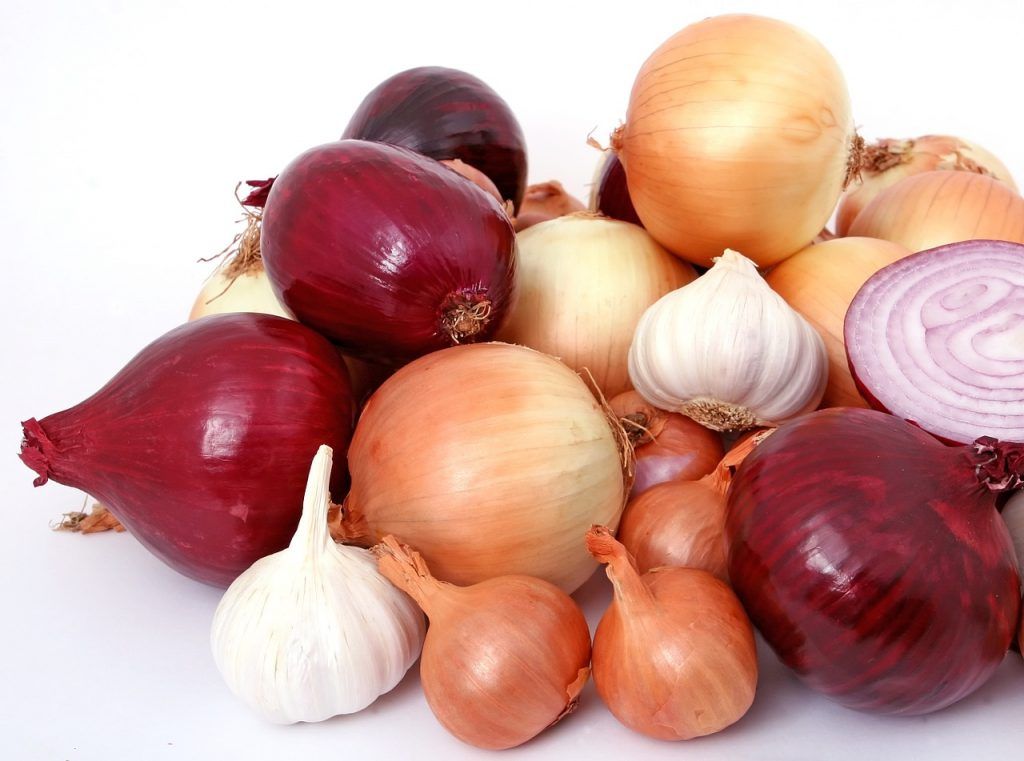
Next, fill a container with vermiculite and put the bulb or roots in it. The vermiculite will prevent rotting, a common problem with stored bulbs.
It has wicking properties that will keep excess moisture away from the plant without robbing it of stored moisture.
plant transplant
Whether you’ve grown your own plants from seed or bought them from the nursery, you’ll need to transplant them into their permanent home in the ground.
Vermiculite will help your plant settle in better, ensuring its ideal care needs are met.
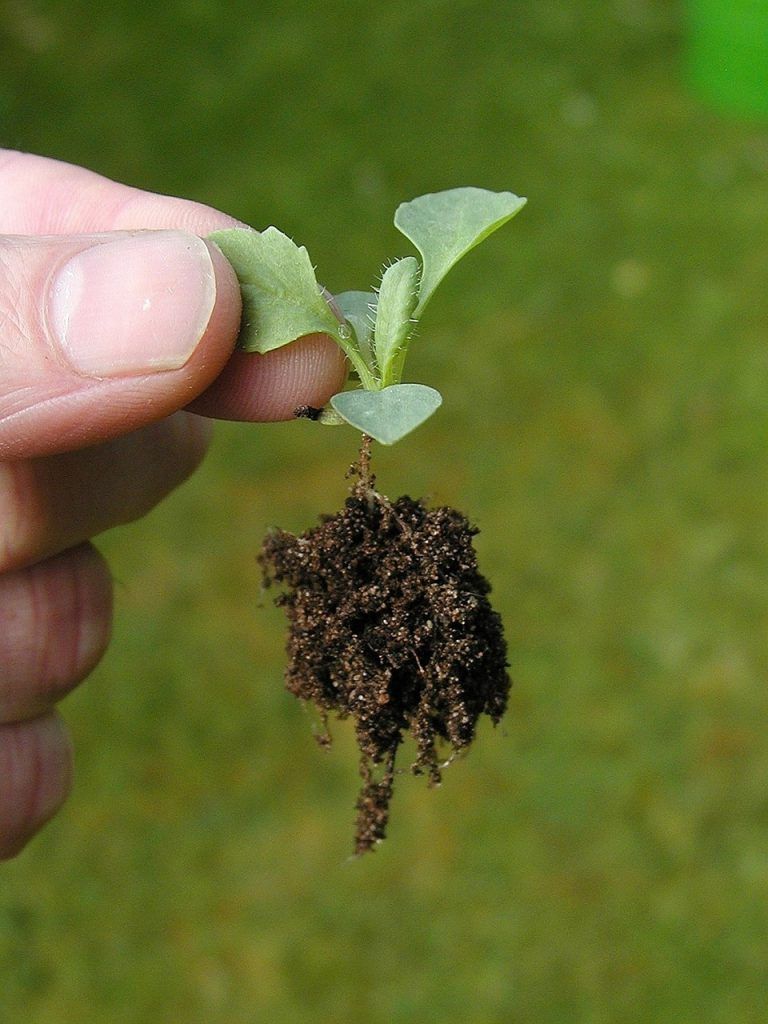
To use for transplanting, dig a hole several inches larger than the plant’s current root system and add a mixture of vermiculite and topsoil. Set the root ball in place, then fill the hole with more vermiculite and topsoil.
This will help control humidity levels and improve aeration around the roots, thus allowing them to spread further.
Mulch
Vermiculite can be used effectively as a mulch for some types of plants, such as roses and tomato plants.
Add a few inches above the soil to improve moisture control and provide heat protection to root systems.
Advantages and disadvantages of vermiculite
Advantage
- Impressive water retention.
- Sterile.
- neutral pH.
- Aerate the soil.
- Improves root growth.
- Increases nutrient retention.
- It doesn’t rot.
- Prevents mildew.
- Helps to anchor the roots.
- Promotes rapid growth.
- Improves soil quality.
- Versatile.
- It can be used alone or in mixtures.
Below we detail in greater depth the advantages offered by this mineral compound.
Cons
- It’s expensive.
- Some associated health problems.
- It is not a renewable source.
- It can retain too much moisture.
What advantages does it offer compared to perlite?
Since vermiculite acts like a sponge and absorbs more water than perlite, it does not aerate the soil as well.
This means less oxygen for plant roots. If you use it to grow plants that don’t need moist soil, your plants may suffer from root rot.
So keep the needs of your plants in mind when deciding how much water retention you want your soil to have.
Both are natural mineral additives that have many of the same qualities.
Both vermiculite and perlite are used in landscaping to improve soil quality, especially to aid in aeration.
- Perlite is known to be more effective at aerating soil than vermiculite, while vermiculite is better at retaining moisture. It has a greater potential for expansion and, therefore, is capable of retaining greater amounts of moisture.
- Many gardeners combine vermiculite and perlite in custom garden mixes, as both offer benefits to growing plants.
- Due to its different moisture-retaining qualities, vermiculite is more suitable for moisture-loving plants like ferns that enjoy constant humidity, while perlite would be more suitable for succulents (cacti, agave) and other plants that prefer a drier growing medium.
- Perlite is very light, which means that when used in hydroponic gardening, it will float, rendering it useless.
- It can also be difficult to use when mixed with soil, as it can float to the top of pots and spill over the rim when watered.
- Vermiculite tends to be heavier, so it’s ideal for use in larger pots, which require some extra weight to keep them from tipping over.
Is vermiculite safe?
In the past, the use of vermiculite in homes and gardens has raised health concerns.
This concern stems from a vermiculite mine in the US, once the largest producer of vermiculite on the planet. Vermiculite mined at Libby was found to contain a dangerous type of asbestos, which grew naturally alongside the vermiculite, and the mine was closed for good in 1990.
The vermiculite sold today is subject to strict industrial protocols that guarantee its safety. It has no proven toxic or carcinogenic effects and does not contain any traces of asbestos or other harmful minerals.
It is commonly used around the world in various forms, not only for gardening, without any negative human impact. Some people may still associate vermiculite with asbestos, but this is unfounded.
The bad press it has is because in the past (before 1990) the protocols that exist today were not followed and vermiculite compounds with asbestos (highly toxic and carcinogenic) have been found.
How to use vermiculite in hydroponic cultivation?
Vermiculite can be used effectively in a number of ways in hydroponics, primarily soilless gardening.
Although hydroponic gardeners do not use soil, they often use other materials to support the growth of their plants.
Vermiculite can be used in place of soil in a number of ways, such as germinating seeds or rooting cuttings. Promotes faster root growth and helps control moisture levels.
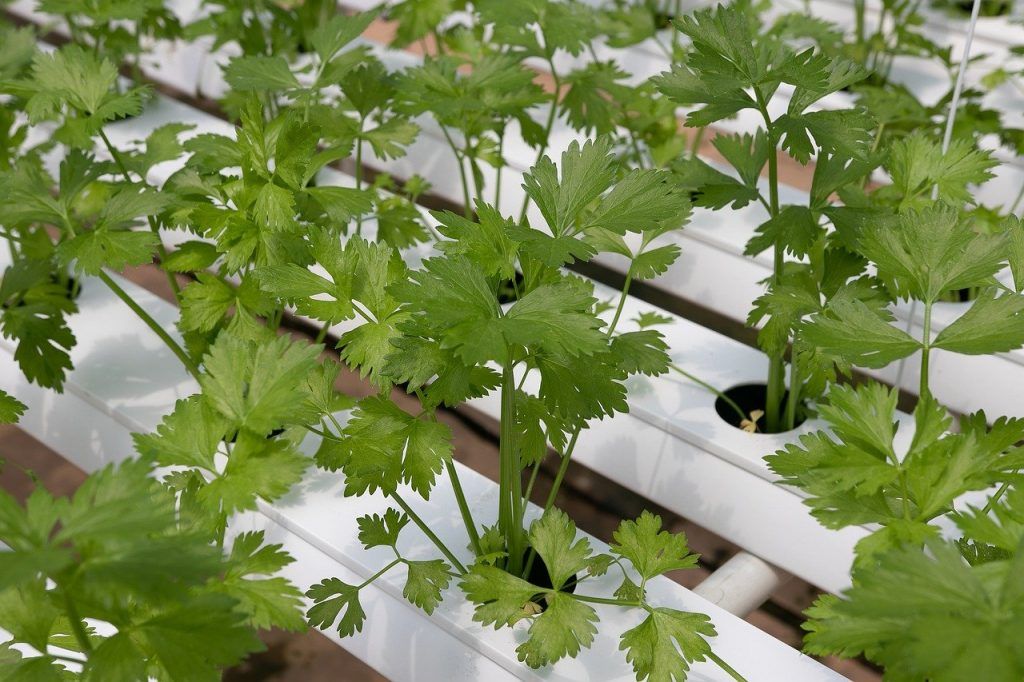
Moisture control is especially important for young plants, which have weaker root systems, which more easily succumb to rot.
Vermiculite helps prevent this problem as it retains moisture, which is released when the roots need it, meaning you won’t have to be as vigilant about watering your seedlings or cuttings.
When used alone, vermiculite needs to be composted to provide the plants with nutrients that they would normally draw from the soil.
Vermiculite is able to help plants more easily absorb nutrients, including magnesium, calcium, and potassium.
It can also be combined with other non-soil materials, such as perlite and pumice, to create a custom hydroponic growing medium.

